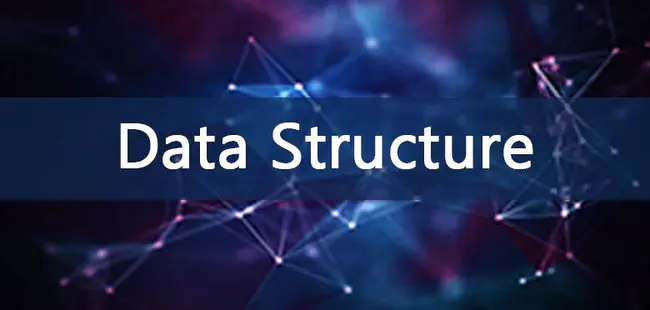Data Structure is logical or mathematical organization of data. It describes how to store the data and access data from memory. Actually in our programming data stores in main memory (RAM) and to develop efficient software or firmware we need to care abour memory. To efficiently manage we require data Structure.
Data Structure mainly Specifies the following things.
- Organization of data
- Accessing methods
- Degree of associativity
- processing alternative for information
Advantage of data structures
- It gives different level of organizing data.
- It tells how can be data stored and accessed.
Classification of Data Structures
Data structures are normally divided into two broad catagories.
- Primative Data Structure
- Non-primative Data Structure
Primative Data Structure
Data structures that are directly operated upon the machine level instructions are known as primative Data structures. Integer, Floating point number, Character constants, string, pointers etc fall in this catagory. The most commonly used operation on data structure are broadly catagorized into following types.
- Create
- Selection
- Updating
- Delete
Non-primative Data Structure
Non-primative Data Structures are derived from the primative Data Structure. It emphasize on structuring of a group of homogenous (same type) or heterogeneous data items.
Type of Arrays
- Single dimensional arrays
- Two dimensional arrays
- Multi dimensional arrays
Type of Linear Lists
- Stack
- Queue
- Linked List
Type of Non-linear Lists
- Trees
- Graphs
Operation on Non-primative Data Structures
- Traversal
- Insertion
- Selection
- Searching
- Sorting
- Merging
- Delete
